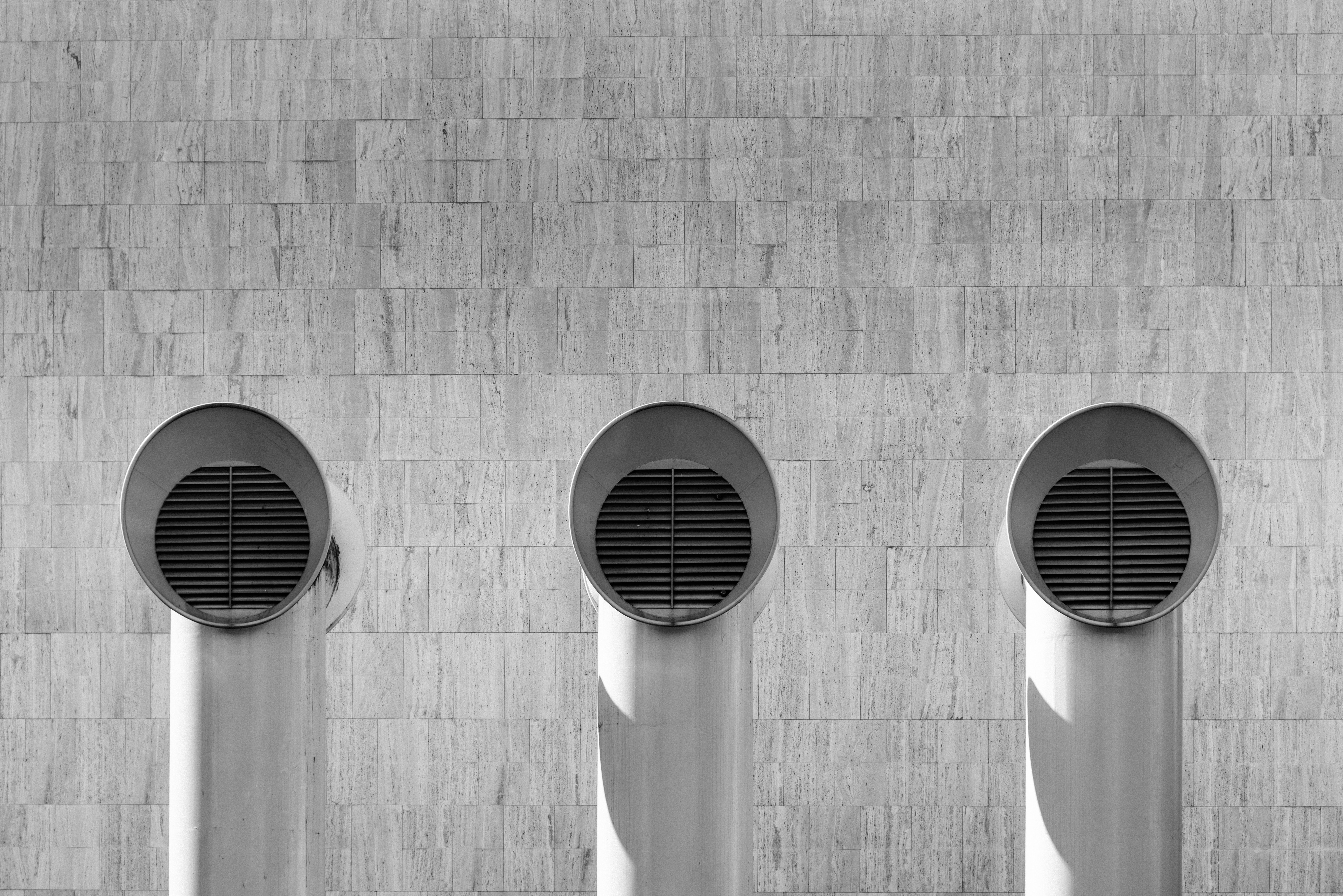Newsletter
If you're looking to monitor indoor air quality in a building you manage, you should check out Kaiterra's air quality monitors - used at Google, Microsoft, Facebook, and leading real-estate companies. Grab some time with a Kaiterra air quality expert to discuss your project and share best practices for measuring and improving IAQ - 
People don’t think much about CO2. You may hear about it in the news through climate change coverage, but it usually doesn’t affect your day-to-day life.
However, more and more research is beginning to point to the direct effects that CO2 has on the human body and productivity. From fatigue and headaches to lack of concentration and slower thinking, carbon dioxide can impact many aspects of life and work. While the recommended amount can vary, in general, you should aim to keep your CO2 levels lower than 1000 ppm.
Luckily, there are some simple steps you can take to ensure that your office life isn’t being bogged down by excess carbon dioxide.
Increase Ventilation
The best way to reduce CO2 levels in your office is through ventilation. Because CO2 levels are usually lower outdoors, diluting the indoor air with outdoor air will keep carbon dioxide concentrations from rising too high. You can do this two ways:
1. Using natural ventilation - opening doors and windows
While this won’t be relevant for every office building, one of the simplest ways you can reduce the impact of CO2 in any space is by simply opening a window. This causes carbon dioxide to escape the room as it is replaced by fresh air.
2. Using mechanical ventilation - HVAC systems
Most modern offices are equipped with HVAC systems - heating, ventilating, and air conditioning. A properly-maintained ventilation system will help reduce CO2 levels. As the system brings in fresh outdoor air, the CO2 will naturally dilute and become less concentrated, keeping the indoor carbon dioxide within safe levels.

Keeping a close eye on your air quality readings helps you understand whether there are issues with your HVAC systems and identify malfunctions, areas, or times of day where ventilation is insufficient to reduce CO2 levels. Integrating real-time monitoring opens up further possibilities to increase ventilation while controlling your energy costs.
Reduce Overcrowding in Poorly Ventilated Spaces
Human bodies are the most potent sources of CO2 in indoor environments. The air we exhale has a much higher concentration of carbon dioxide. When groups of people congregate in smaller spaces for longer periods, CO2 levels can quickly reach unhealthy levels. In offices, frequently-used conference rooms are the most common culprit, but other areas might be afflicted as well.
When the same spaces are used for many back-to-back meetings, make sure to keep doors open whenever possible and allow some time for fresh air to circulate between meetings. These are also areas that deserve special attention when it comes to monitoring air quality.
Pay Attention to Appliances, Open Flames and Smoking
CO2 can be generated by open flames (for example in gas stoves) as well as by certain appliances such as space heaters and hair dryers. If your office has kitchen facilities, or if employees are prone to bring their personal appliances into the office, you need to make sure these are properly vetted and the appropriate safety procedures are put in place.
Another source of CO2 is cigarette smoke. While cigarettes are banned from most offices, you can still have smoke permeate the building if people are smoking near open windows or entrances. In addition to the obvious health risks of secondhand smoke, increased levels of CO2 are another reason to create designated smoking areas that are adequately distanced from any of the building’s openings.
Monitor CO2 Levels
Carbon dioxide is tricky to track. Because CO2 is both odorless and colorless, you cannot detect it on your own. Similarly, because the molecules are so small, your air filter will not filter out the gas. As a result, you will likely only know if CO2 levels are high once employees start experiencing symptoms, which is not a good option for them or for your business.
There is a solution, however. Air quality monitors enable you to know exactly how much CO2 is in your air and when you should take steps to limit its impact.
Not sure how to choose air monitors? Read our comprehensive guide on everything you need to know about CO2, or access our free crash course to learn everything you need about indoor air quality:






.png?width=200&height=148&name=Menu%20C%20(2).png)

.png?width=307&height=228&name=Menu%20-%20D%20(1).png)
.png)


